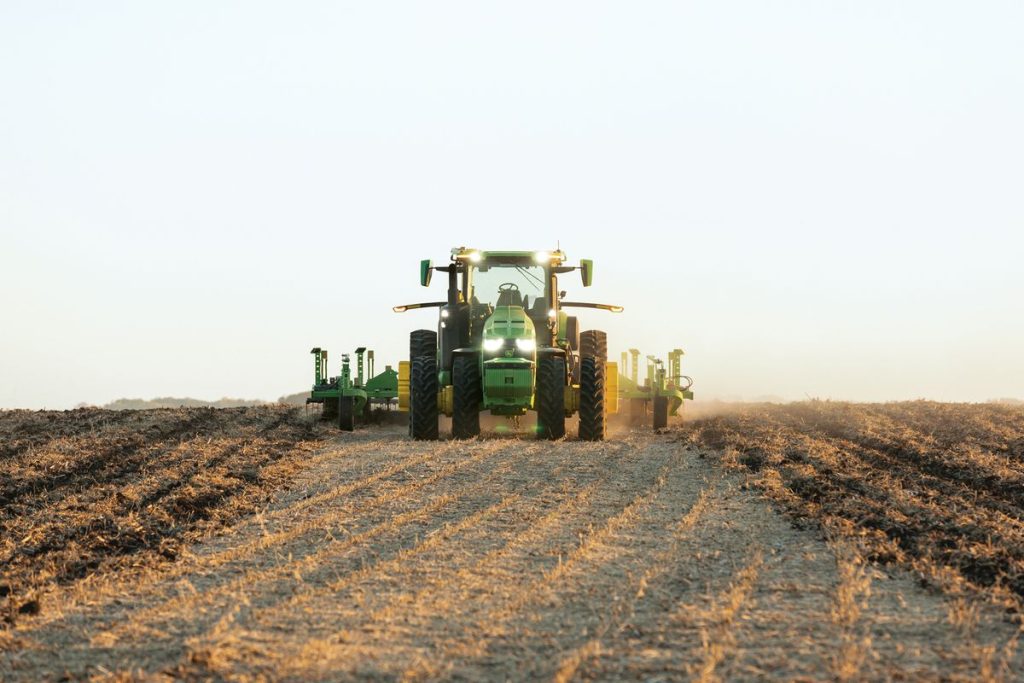The farm tractor is one of the most important technological components of modern American agriculture. Its development in the first half of the twentieth century fundamentally changed the nature of farm work and helped to free millions of farm workers from unpaid labor and to be absorbed into the rapidly growing manufacturing and service sectors.
The Farm Tractor Was Designed to Replace Horses
The main goal of the first farm tractors was to replace the horses and mules that were used by many farmers in the early years of the 20th century. These animals provided the farm power and pulled implements, but they consumed significant quantities of fuel, oil, and hydraulic fluid. In addition, they were expensive to maintain and kept in constant danger of disease, predators, and theft.
Nevertheless, as the cost of fuel and other inputs decreased, and with advances in agricultural research that increased yields, tractor production began to grow during the 1920s and 1930s. During this period, hundreds of companies produced or sold tractors.
Some of these companies included:
International Harvester, Case, and Hart-Parr. These large manufacturers introduced a wide range of models, and within a few years, the weight and cost of tractors had been reduced to less than 20,000 pounds. They could now handle a range of equipment from plows and disks to seed drills and cultivators.
These machines were also capable of driving mowers, reapers, and other specialized machinery. They were much more versatile than their predecessors, and by the end of the decade they were offered in a ‘high-clearance’ version for plowing fields with heavy equipment.
In the late 1950s, several manufacturers began to build tractors with ‘powershift’ transmissions and ‘compact four-wheel drive’. These systems, which had been available on trucks and automobiles for some time, greatly simplified operation by eliminating the need to control gear changes with a manual clutch.
They also allow the operator to change forward or reverse gears by using a single lever, as opposed to the two- and three-point-hitches that required a separate lever on each side of the engine for controlling the direction of travel in any given gear. The use of indirect computer controls in modern tractors has also simplified the process by eliminating the need to use multiple switches and levers for adjusting various functions on the tractor.

Tractors are a useful tool for completing fieldwork efficiently and safely. Whether you are pulling a mower for harvesting crops, spreading feed for your livestock, moving hay bales or snowplow equipment, the use of a tractor allows you to complete these tasks quickly and easily.
A tractor can also help to spread manure in the fields. This is an essential task in maintaining your land’s fertility and reducing the risk of runaway weeds. A manure spreader can be added to any tractor to make this job easier.
Moreover, a tractor can also be used to help you pull up fence posts or other materials that are becoming too difficult to lift or dig with your hands. These tasks take a lot of time and effort, but with the help of a tractor you can get them done in no time.





